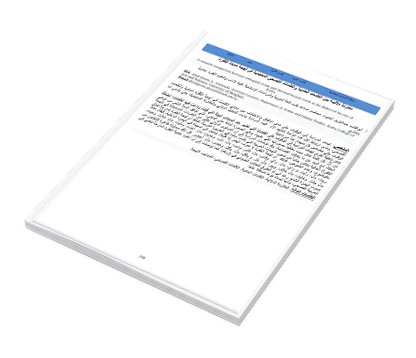A semantic comparison between colloquial words and classical lexical words in the dialect of the city of Kufra
DOI:
https://doi.org/10.37376/asj.vi1.1829Keywords:
semantic comparison, colloquial words, classical words, dictionaries, dialect.Abstract
The study aims to determine the extent of agreement and difference between the meanings of the words in the Kufra dialect and the classical words, and the extent to which the people of this oasis relate to their mother tongue. This study came for semantic analysis and lexical comparison; So that we can stand on the contents of each, on the one hand.
On the other hand, the study aims to identify the issues that arise among the owners of the environment in which the words were said and spread; Proceeding from that: each word represents the reason for its pronunciation in its image, which is the image indicating the meaning, which agrees with people’s tongues to seek lightness, with a distance from what contradicts eloquence. The present day reflects some of the forms of the Arabic dialects that were prevalent in the Arabian Peninsula. Also, the dialect of the vernacular infidels is characterized by clarity and lack of ambiguity, as well as the infidel dialect does not know the hamz except a little, and tends to facilitate it in the inner hamza, so it is said, for example: Reet, instead of: I saw. And an opinion, instead of: an opinion. And ax, instead: an axe. And wolf, instead of: wolf. And I took, instead of: I took. Filled, instead of: filled. And Jet, instead of I came. And afraid, rather than afraid. Well, substitute: well. And he eats, instead of: he eats. And green, instead of: green. All of this is an apparent attempt to get rid of the intense hamza sound, although I did not touch on the vocal aspect of (L, K). I also concluded that most of the colloquial Kufra slang belong to Standard Arabic, and that it is not a separate genre from it.
Downloads

Downloads
Published
How to Cite
Issue
Section
License
Copyright (c) 2022 Almanara Scientific Journal

This work is licensed under a Creative Commons Attribution-NonCommercial-NoDerivatives 4.0 International License.







